The Deportation Data Project, launched by a group of researchers and lawyers, is an effort to keep track of what seems to be growing more secret.
The U.S. government logs every individual immigration arrest, immigration detention book-in, immigration court outcome, and deportation. But this information is nonetheless difficult to use for three main reasons: 1) infrequent and inconsistent data releases, 2) insufficient linking across datasets, and 3) insufficient documentation. The Deportation Data Project aims to help on all three fronts.
The data is available for download as individual logs and in aggregate. It was the data source for the recent Bloomberg piece on shuttling detainees.

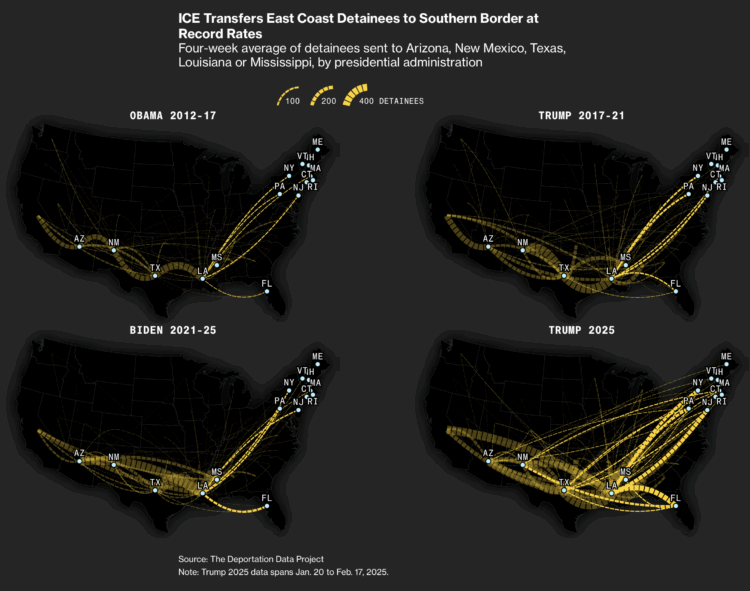

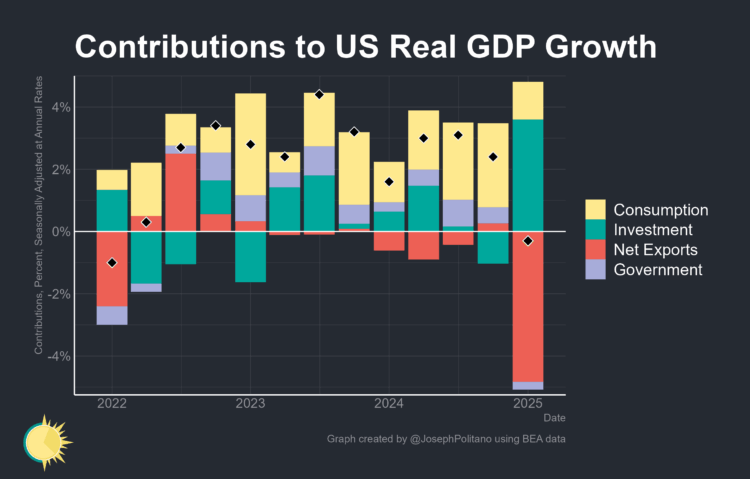
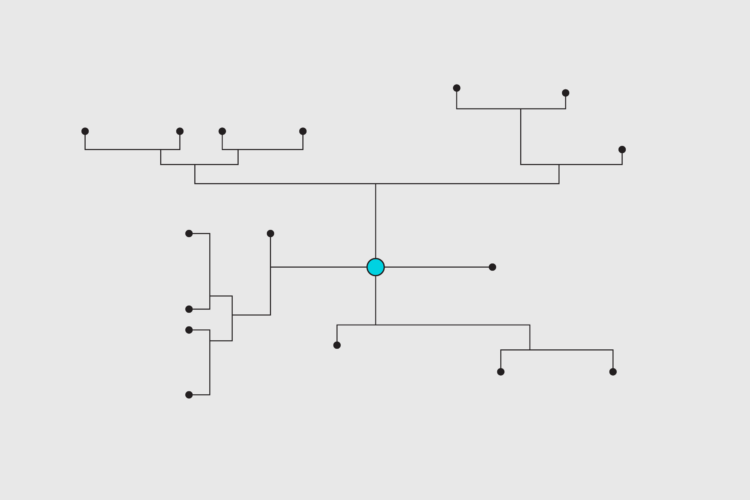
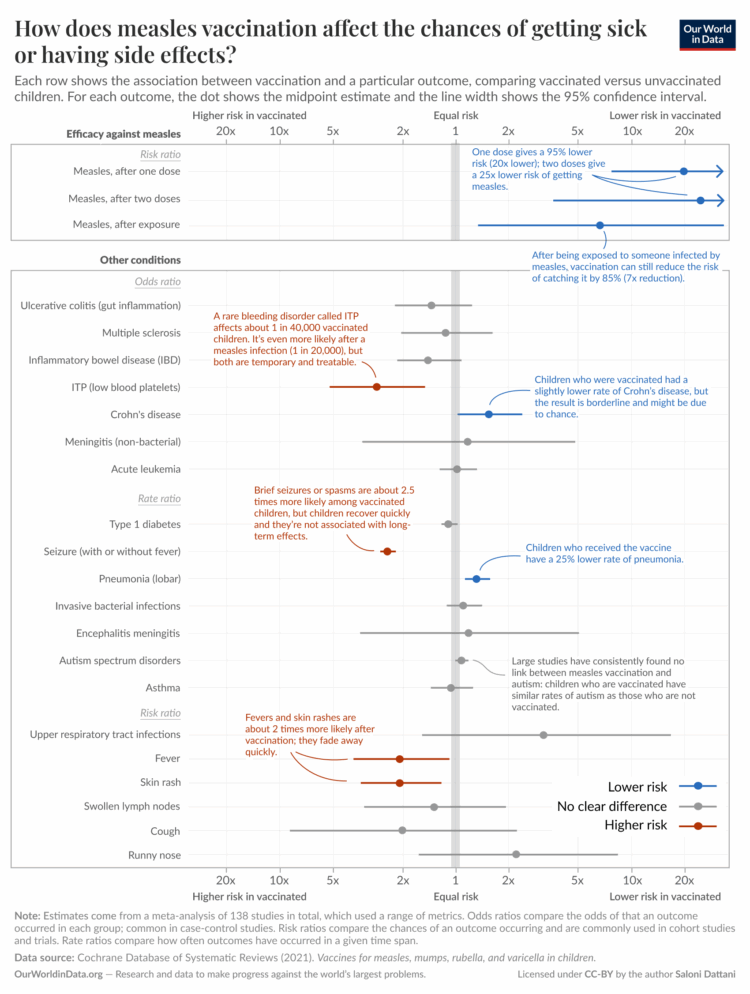
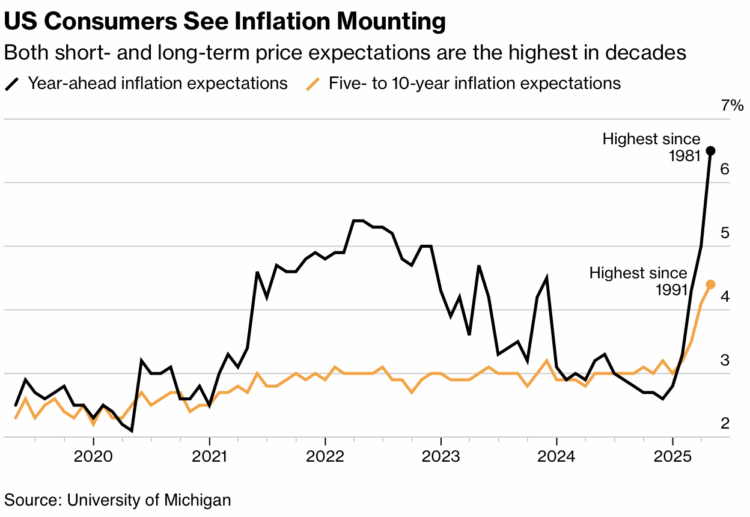
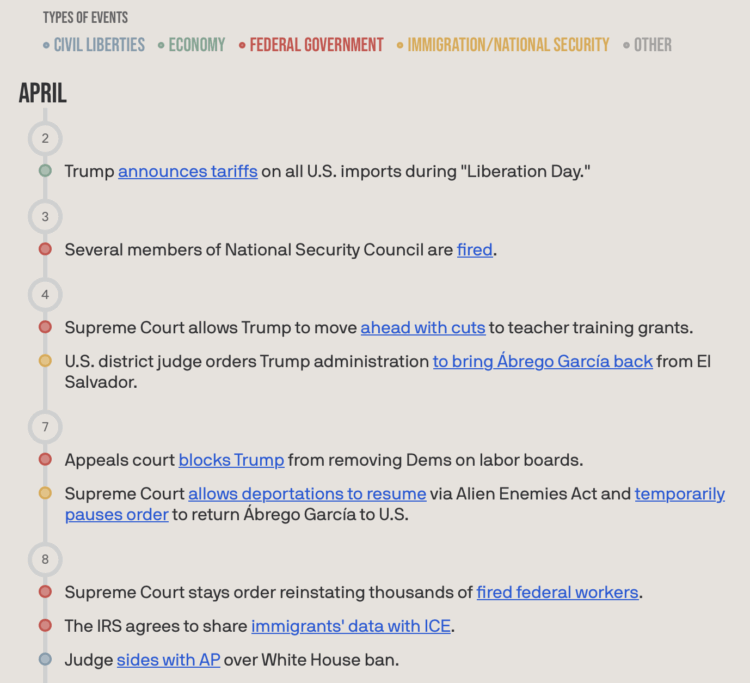
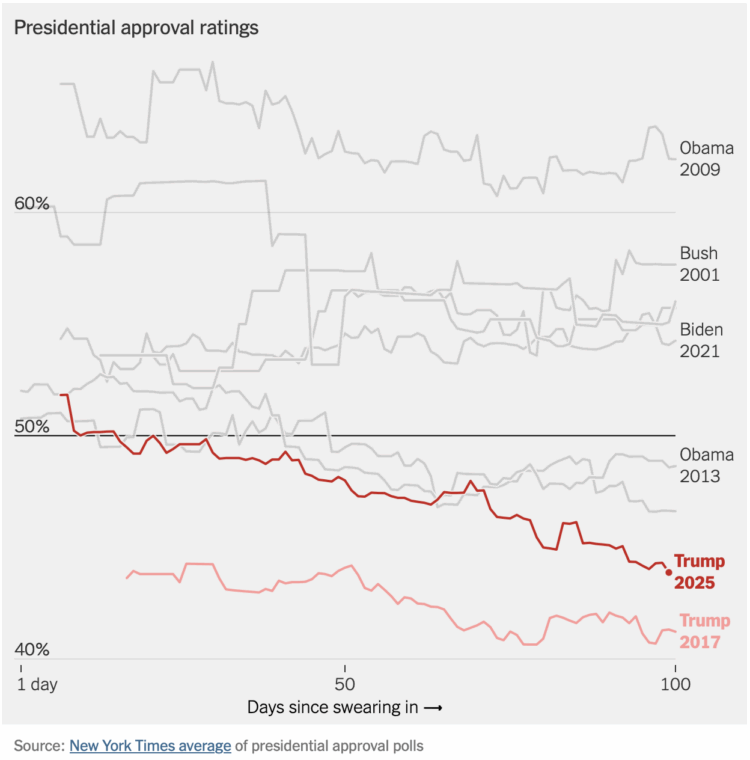
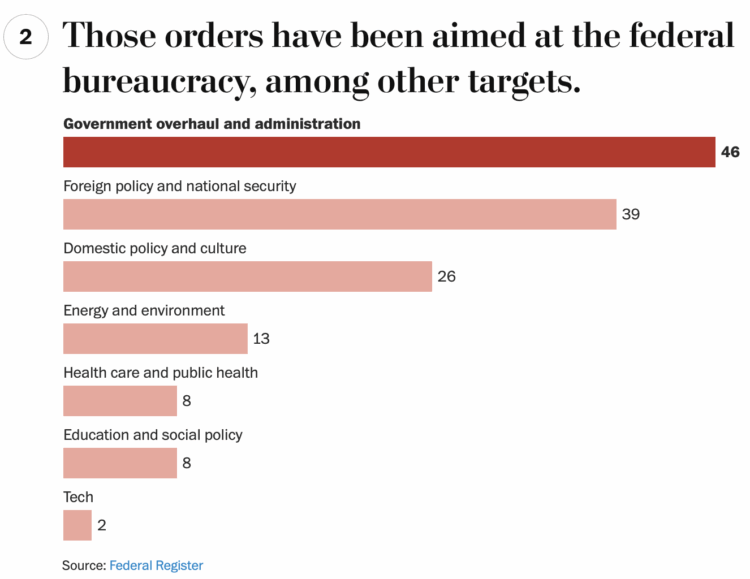
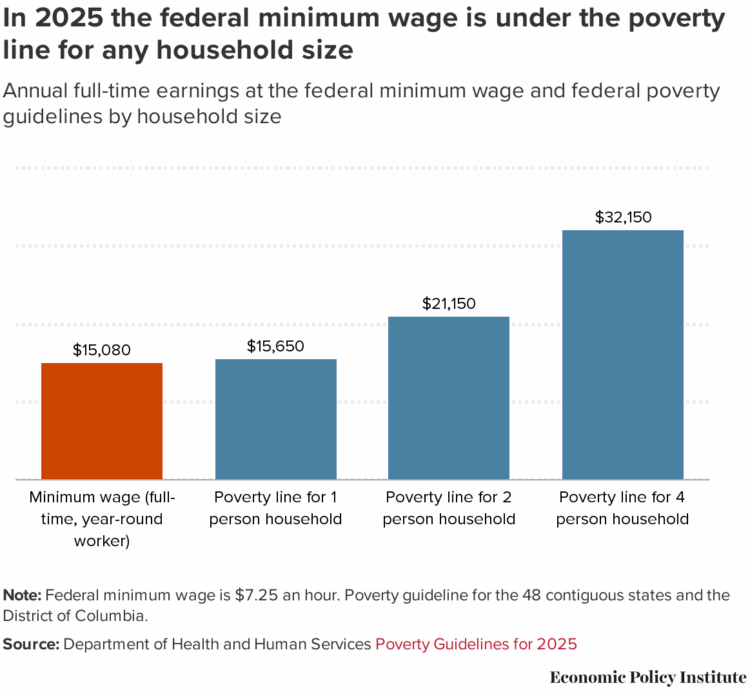
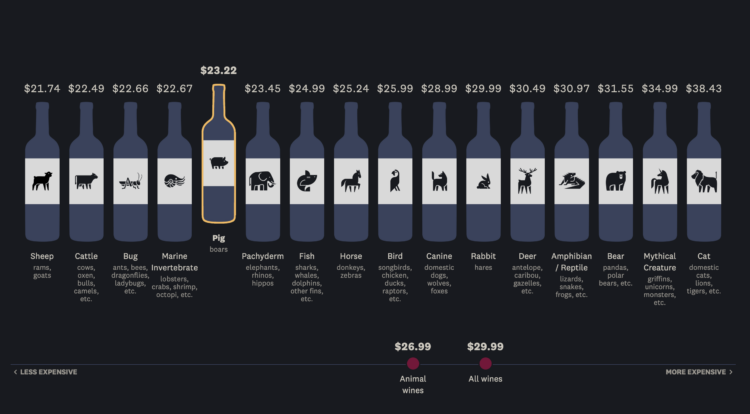
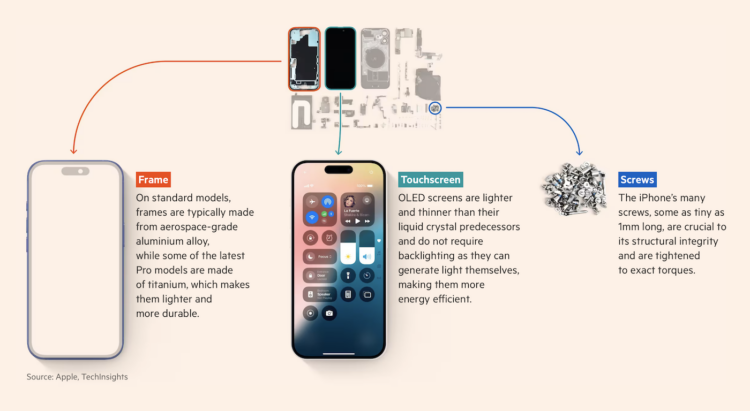
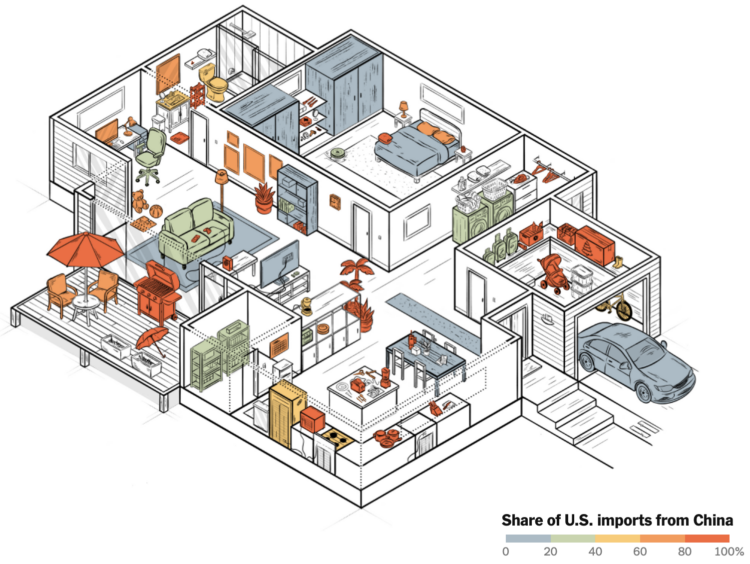


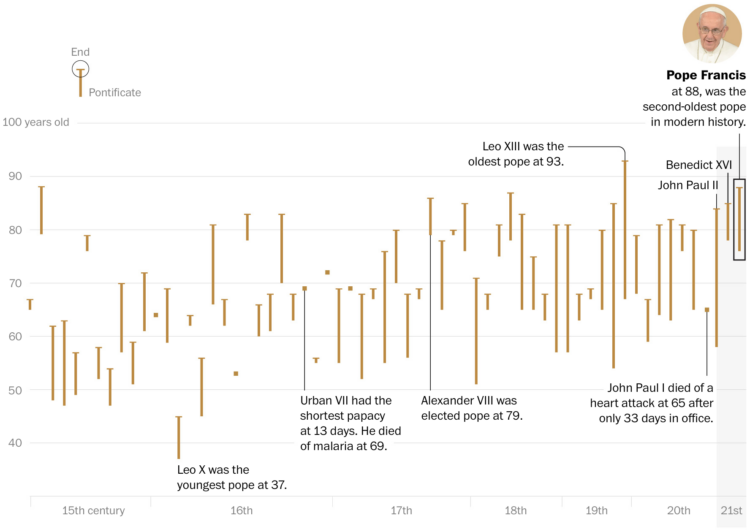


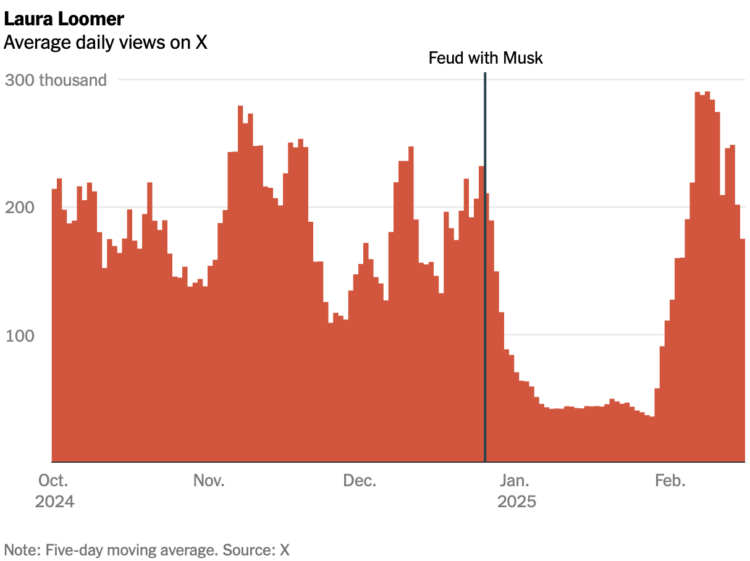

 Visualize This: The FlowingData Guide to Design, Visualization, and Statistics (2nd Edition)
Visualize This: The FlowingData Guide to Design, Visualization, and Statistics (2nd Edition)










